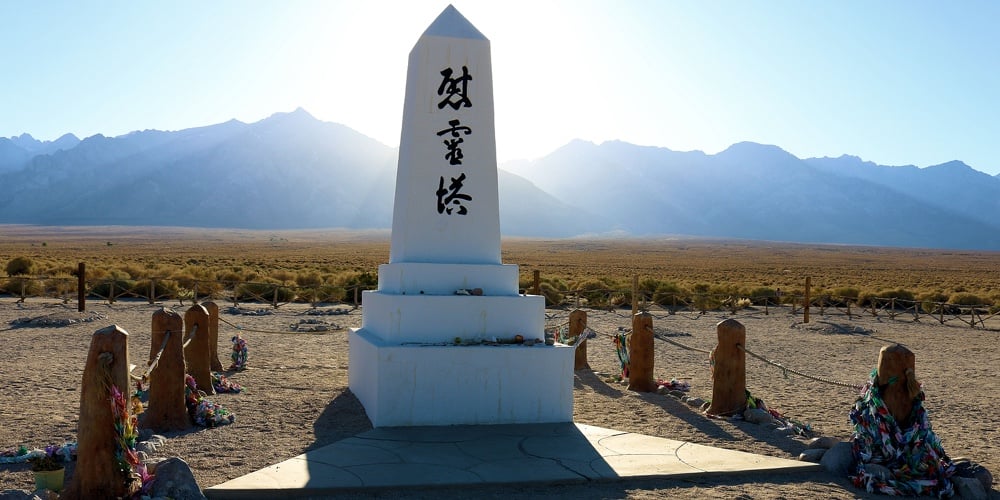This holiday season celebrate your purpose, not promotions
 Independence, CA: Monument at Manzanar Internment Camp where Japanese Americans were forced to reside during WW2.
Independence, CA: Monument at Manzanar Internment Camp where Japanese Americans were forced to reside during WW2.
“Give me your tired, your poor, your huddled masses yearning to breathe free.”
This infamous passage from The New Colossus is inscribed at the base of the Statue of Liberty and embodies the idea that strength grows from compassion. That same idea is woven into the fabric of credit unions.
Countless examples from our collective history demonstrate that strength. At a time of year when we’re focused on year-end wrap-up and celebration, we also need to uncover and celebrate these stories which reveal our true purpose.
To uncover these stories, I often ask credit union leaders, “Who was your original member?” Answers reflect the backbone of America: parishioners and farmers, healthcare workers and teachers, emergency responders and military personnel.
These are groups that lacked representation, faced discrimination, and were cut off from the financial mainstream. And yet, through their vision, determination and cooperation, a credit union was born.
Some stories are so spectacular we need to share them far and wide, like that of Japanese American Community Credit Union.
Their cooperative was born in the aftermath of the Japanese American internment camps during World War II – an awful chapter in our country’s history where 120,000 innocent people were incarcerated in violation of their civil rights.
At the conclusion of the war, these people were released, homeless and destitute, into a nation rife with anti-Asian sentiment. In the spirit of trust and compassion, eleven Japanese Americans banded together to form a neighborhood financial aid group which soon earned its credit union charter.
After years of subjugation, they must have been mentally and physically exhausted, but their hard work lives on with the credit union to this day. Give me your tired…
Similarly, we know that St. Mary’s Bank was the first credit union organized on U.S. soil in 1908. But we don’t always hear that their cooperative – then known as La Caisse Populaire, Ste-Marie (the People’s Bank) – opened its doors to support low-paid, blue collar immigrant workers, trying to build their American Dream.
There’s also the story of Clarence Hall Jr, who embodied strength through compassion. A man of faith who was born and raised on a plantation, as were his parents and grandparents.
In 1966, Clarence successfully sued the state of Mississippi, enabling Black people to obtain charters and operate non-profits in the state. He then founded and managed Issaquena County Federal Credit Union for 36 years – without receiving a single paycheck – to support the lowest per-capita income county in the United States. Give me your poor…
Around the same time, women could not access credit without either the approval or co-sign of a male family member, and the Women’s Liberation Movement began using credit unions as a model for economic independence.
Pioneers like the women who launched the Connecticut Feminist Federal Credit Union (symbolically using bolt cutters to open its doors in 1974) paved the way for tens of millions of women to gain financial independence. Your huddled masses yearning to breathe free…
These stories are not mine, but we cannot let them be lost in time. Let’s honor the inspiring and brave souls who came before us.
As we all stand on the shoulders of giants, I ask you, dear credit union leader: who was your original member?





